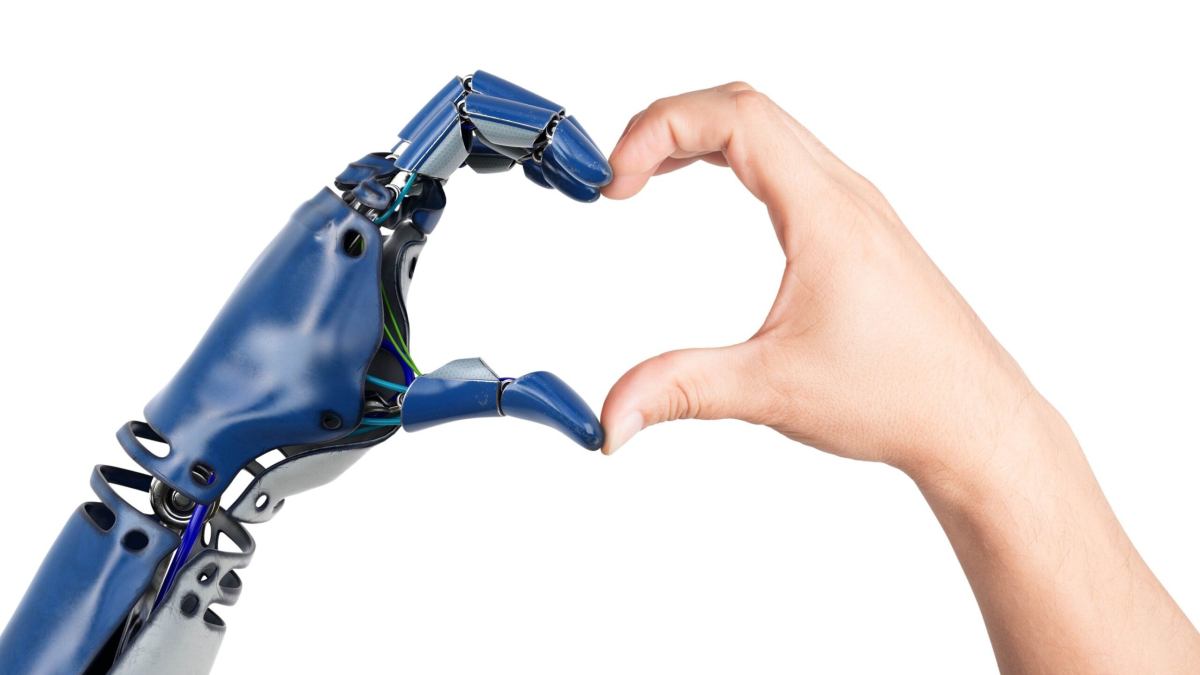
AI in Post-Production
"It hides in each of our productions."
AI in Post-Production: It Hides in Each of Our Productions
Artificial intelligence (AI) is disrupting every industry, and audiovisual production is no exception. In post-production, it opens up new possibilities, simplifies repetitive tasks, and boosts creativity. Here’s how it is transforming the work of editors and content producers.
At Goosebumps Agency, we use AI in its non-creative form to enhance our programs. Our workflows integrate AI tools to optimize image and sound processing, without replacing the human touch that is essential to storytelling and emotion.
1. Faster and Smarter Editing
Thanks to AI-powered tools like those integrated into Adobe Premiere Pro or DaVinci Resolve, editors can automate time-consuming tasks. Automatic face recognition, audio-video synchronization, and intelligent scene cutting significantly speed up the process. AI analyzes raw footage and can even suggest an initial edit based on scene rhythm and emotion.
2. Image Enhancement and Restoration
AI algorithms push the boundaries of image quality. Software like Topaz Video AI or Gigapixel AI allows videos to be upscaled to 4K or 8K without noticeable quality loss. AI can also restore old footage, reduce digital noise, and enhance sharpness, giving a second life to degraded images.
3. AI-Assisted Color Grading
Color grading is a crucial part of post-production, often long and complex. AI helps automatically harmonize colors in a project and suggests corrections based on references. Tools like ColorLab AI assist colorists by analyzing dominant tones and recommending realistic and coherent adjustments.
4. Audio Generation and Modification
AI is also revolutionizing post-production audio workflows. Software like Adobe Enhance Speech improves voice clarity by removing background noise. AI can also generate hyper-realistic synthetic voiceovers or adapt dialogue into another language without requiring a full re-dub, thanks to deep learning.
5. Special Effects and Content Generation
Tools like Runway ML or Stable Video allow for impressive visual effects with minimal resources. AI also simplifies the integration of VFX elements, automatically removing objects or adding synthetic elements with remarkable precision.
6. Automated Subtitling and Transcription
Video editors often spend hours generating subtitles and transcriptions. Thanks to AI, services like OpenAI's Whisper enable instant and highly accurate speech recognition, making it easier to create multilingual subtitles and improve content accessibility.
7. Enhanced Creativity
Rather than replacing editors and technicians, AI allows them to focus on what truly matters: storytelling and emotion. AI tools save time and provide unique creative suggestions, opening the door to a new era of storytelling.
8. The Current Limitations of AI in Post-Production
Despite its impressive advancements, AI still has limitations. It can produce errors, particularly in interpreting emotions and narrative contexts, leading to inappropriate suggestions. Additionally, AI tools often require human supervision to avoid artificial or inconsistent results. The issue of copyright and the originality of AI-generated content also remains a significant ethical and legal challenge. Lastly, the costs associated with advanced AI solutions can be a barrier for smaller productions.
AI in post-production is, therefore, a powerful asset—not just for saving time but also for enriching artistic possibilities. While it does not yet replace human expertise, it has become an essential assistant in the audiovisual industry.
Back to news